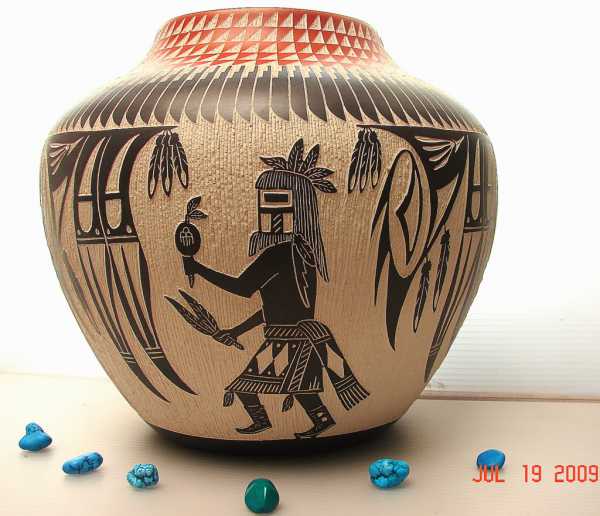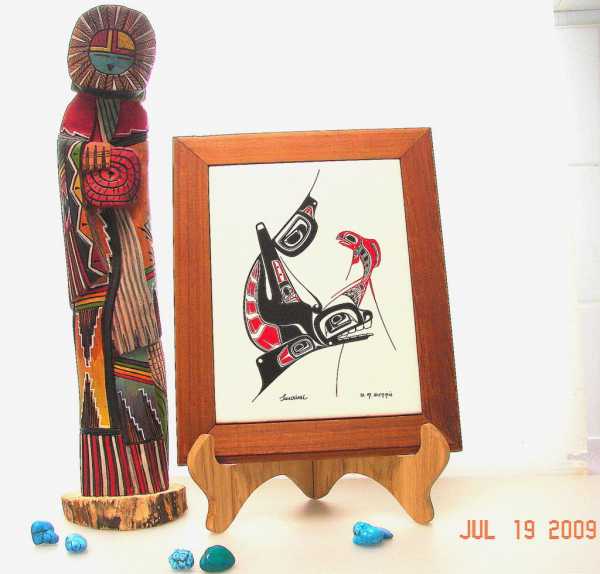- Posts: 603
- Thank you received: 98
art
- riversidemarie
-

- Offline
- Platinum Member
-

Please Log in or Create an account to join the conversation.
-

- New Member
-

- Thank you received: 0
Please Log in or Create an account to join the conversation.
-

- New Member
-

- Thank you received: 0
riversidemarie wrote: I use music when my pain is bad. I use it to take me to a different level. Sort of above the pain. Usually classical. I concentrate on the strings, percussion etc. and by doing this tune out of the pain. I suppose it is a bit like meditation. It's very useful at night when the silence and dark seem to amplify pain. I guess any genre would work. Does not always work and takes practise and concentration but can be a useful tool. Also swearing helps, I swear. The air is blue. I actually tell the pain to go away but rather more succintly. The initial letter should be a consanant- a hard one. Not recommended for those with partners or children!
very much agree. music is the best medicine n classical is best for soothing pain
Please Log in or Create an account to join the conversation.
We really enjoy Southwestern Indian art. This is my favorite piece purchased at the Navajo Friendship Center on The Navajo Reservation in Arizona. This piece is not of Navajo origin but rather from the Laguna Pueblo in New Mexico.
The first photo shows a depiction of the Kokopelli, a very popular icon of all the Southwestern Indian tribes. Kokopelli is called the water-bearer, he makes the rains come, also a fertility symbol. These tribes all live in arid landscapes so summer rains are very important to them in raising corn, beans and squash. The opposite side of the pot depicts the popular Corn Priest, also very important to all these people as he is also said to bring rain. This pot is made with the traditional coil and scrape method whereby a coil of clay is continuously added to build up the pot then scraped smooth. Now, many potters are turning to potters wheels which is easier and faster. The the pot is fired in a dried manure fire until it is uniformly black. (I don't know how the red band at the top is done.) Afterward the surface is excised to reveal only the black designs shown.
Please Log in or Create an account to join the conversation.
-

- New Member
-

- Thank you received: 0
Please Log in or Create an account to join the conversation.
On the left is a carved contemporary Navajo kachina call a Sunface. The carving is crafted from cottonwood root, Kachinas are used to teach children Navajo culture and beliefs and as a visual reminder of tribal culture.
On the left is a glazed tile of the style common to the B.C. Haida and north coast natives. It is a depiction what we would call a Killer Whale pursuing its dinner of fat salmon. Quite an action scene don't you think?
Please Log in or Create an account to join the conversation.

.JPG)

